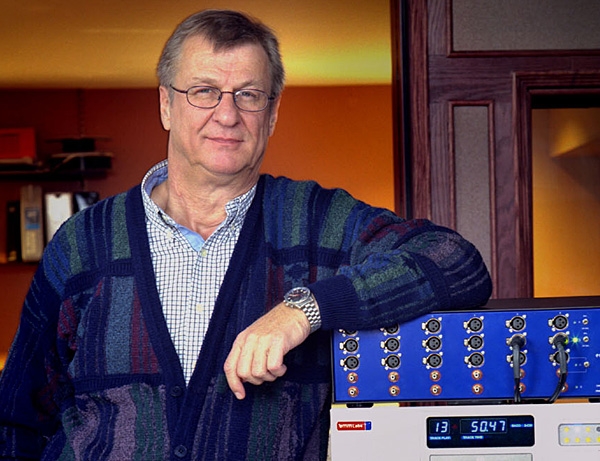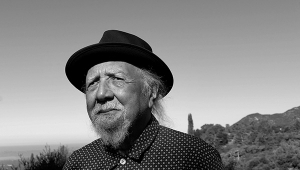| Columns Retired Columns & Blogs |
"There is something fundamentally wrong with a commercially available DAC chip, no matter who makes it". I understand that you might want to design your own DAC architecture, and kudos for doing so, but to damn all other DACs as fundamentally wrong seems a little, perhaps, arrogant.
External clocks are the stupidest thing and a money grab - no words minced there (and this time I agree with EM).








































